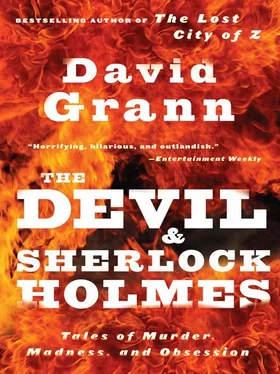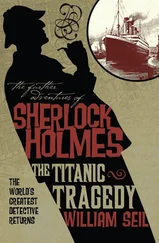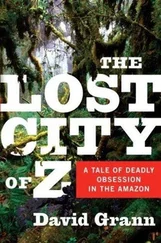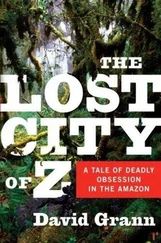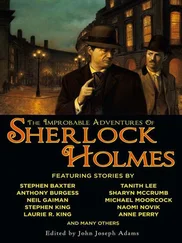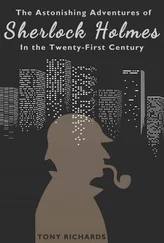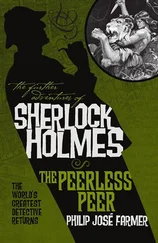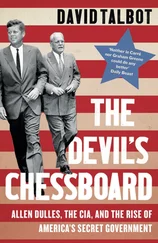The doctor seemed surprised. “You were off duty that day?”
Shea explained that he was “buffing,” or volunteering, which was “the right thing to do.” He continued, “So the officer gave me permission, and I … went down the West Side Highway.… We noticed car fires and debris falling everywhere—like big falling carpets. There were pieces of metal and glass. And people were falling—”
“Do you recall that or did someone tell you that?”
Shea closed his eyes. “I recall that.”
Sandberg made several notes on a pad, and then asked Shea to continue. On the way to the scene, Shea said, he pulled out the video camera that he sometimes used to document fire scenes for training. “I remember putting it in the plastic bag and putting it back in my coat,” he said. “I knew I couldn’t be filming that long.” He then prepared to go into the chaos. “I don’t remember anything after that, except waking up in the hospital.”
“Are your memories back after that?”
“Yes, they started to come back. They were in and out. They were drugging me at the time, with morphine, I think. They said I was conscious, but I don’t know.”
“You can be conscious and have no memory. It’s called post-traumatic amnesia.”
“That’s what this is?”
“That’s what I’m trying to understand.”
Shea fidgeted with his bandages. “Some say it’s better not to remember. Maybe the fact that I don’t know if I was trying to save someone, maybe that’s helping me deal with the post-stress … or whatever you call it.”
Sandberg asked how many men from his house who had gone down with him were lost. For the first time, Shea looked up from his bandages. “All of them,” he said. “All of them but me.”
He had never intended to become a fireman. Though he came from a long line of firefighters—which included his grandfather, his uncle, his father, and his older brother—he didn’t fit the stereotype. He wasn’t, as he put it, “a typical macho.” He was smaller and more bookish than many of the other men; he disliked sports and didn’t drink. Initially, he embarked on a career in computer software, at which he excelled, but by 1998 he felt compelled to follow in the family tradition.
When he was first assigned to Engine 40, Ladder 35, in the summer of 2001, he showed up at three in the morning. The men were going out on a call, and when they returned he greeted them with platters of eggs and French toast and chocolate-covered strawberries. “They were looking at me, like, ‘Who is this freakin’ guy?’ ” Shea recalled.
“A lot of the guys didn’t know what to make of Kev,” Steve Kelly says.
But he displayed an almost monkish devotion to the job, until he gradually found his place as the one who was always willing to lend a hand, speaking in frenetic bursts, saying, “Yes, sir,” and “Negative K, sir,” and answering the phone with the refrain “Firefighter Kevin Shea. How can I help you?” Although many in the house assumed that Shea would retire, given the severity of his injuries, he vowed that he would return to active duty by Christmas. “I have my family,” he said, “but this is my family, too.”
As he tried to heal, strengthening his muscles and maintaining a strict protein diet, he could not forget, as some amnesiacs can, that he had forgotten. He was reminded of the gaps in his memory when he flipped on the television or saw the relatives of the missing men.
One of the firefighters mentioned offhandedly to Shea that he had seen a news clip of a lone rescue worker who, instead of carrying out victims, was standing in front of the towers paralyzed with fear. “I hope I wasn’t that kind of person,” Shea said.
His brother Brian told me, “He needs to figure it out. I don’t want him thirty years from now walking around angry at the world and not knowing why. I don’t want him to be like one of these guys who comes back from Vietnam and loses his mind.”
Shea agreed that he had to recover his past—“no matter what I discover.” And so, still in bandages, he set out like a detective, sifting through clues.
He started with only a note from the hospital. It said, “Patient is a thirty-four-year-old white male firefighter … who was knocked unconscious by falling debris just outside the Trade Center.”
Shea soon tracked down the neurosurgeon who treated him on September 11th and beseeched him for more details. The doctor said all he knew was that Shea was brought in on a stretcher and that the injuries to his neck were consistent with being hit by something from the front. “Is there anything else?” Shea asked. “Anything at all?”
The doctor thought for a moment. “Well, I remember one thing,” he offered. “You said you crawled two hundred feet toward light.”
Shea didn’t remember crawling or even saying that he had done so. “How the hell could I have crawled two hundred feet with a broken neck?” Shea asked.
As he intensified his search, he tried to be methodical. He interviewed his family members and closest friends for any details that he might have revealed in the hospital, and since forgotten. One of them told him that he had mentioned grabbing a Purple K extinguisher, which is used to put out airplane fires.
More people learned of his search, and he was inundated with tips. One morning, he flipped on his computer and showed me a list of dozens of individuals who claimed to have information. “People keep calling, saying, ‘Yeah, I was there. I pulled you out.’ It’s hard to know what to believe.”
Joe Patriciello, a lieutenant whom Shea had known for years, called and told him he had seen Shea moments before the first tower came down. “You embraced me in the command center,” Patriciello said. “Don’t you remember?”
“What command center?”
“In the south tower.”
Shea saw an image in his mind: a room full of people. They were standing in the lobby of the south tower, which was soon decimated. “I remember that,” Shea later told me. “I’m sure of it.” He became excited. “It’s possible other things could come back.”
Not long after, Shea received a call from a doctor who had seen him at the scene. He informed Shea that he had been found amid the rubble on Albany Street. After their conversation, Shea pulled out a map of the city and spread it in front of him. He measured the distance from the lobby of the south tower, where he had hugged Patriciello, to Albany Street, trying to recall how he had got there. He made several notes: Saw Patriciello ten minutes before the first tower came down. Tower came down in nine seconds. Albany Street about one block distance.
Though he tried not to make suppositions, he began to construct fragments of his story. “I was found on Albany Street,” he would tell people matter-of-factly. “I was in the lobby command center and hugged Lieutenant Patriciello.”
On October 17th, more than a month after the attack, Shea visited his firehouse for the first time in a while. Pinned to the wall was a Daily News article about several firefighters who had rescued two men lying in the street after the first tower collapsed. One of the men was badly injured, his face blackened with ash. His name, the article said, was Kevin Shea. “I’m looking at it, going, ‘What the hell, that’s me !’ ” he recalls. He wrote down the name of each person in the article and asked other firefighters to help him find them.
A few days later, he parked his car outside a station on the Upper East Side, near his apartment. As he was walking home, a man on the street yelled out, “Oh, my goodness, Kevin Shea?” Shea looked at the man’s face but didn’t recognize him. “Don’t tell me you don’t remember,” the man said.
Читать дальше
